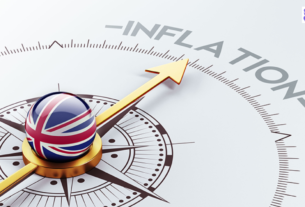China’s economic growth continues to show signs of slowing down, with GDP growth expected to dip below 4% for 2025, the lowest rate in over two decades. The ongoing trade tensions with the United States, coupled with an ongoing real estate crisis, have put significant pressure on the world’s second-largest economy. While the Chinese government has taken measures to stimulate domestic consumption and ease regulatory burdens on businesses, these efforts have been insufficient to reverse the downward trend.
China’s real estate sector remains a critical area of concern, with large property developers like Evergrande continuing to grapple with unsustainable debt levels. The government’s efforts to bail out the sector have not fully alleviated the broader economic strain, leading to an increase in non-performing loans (NPLs) across the banking system. In addition, the Chinese government’s strict zero-COVID policies, while largely abandoned, still haunt the economy with lingering effects on consumer confidence and global supply chains.
Another factor contributing to China’s economic slowdown is its strained relationship with the U.S., particularly regarding tariffs and trade barriers. Despite efforts to negotiate a trade deal, tensions between the two superpowers persist, and trade restrictions have had a significant impact on China’s export-driven economy. These trade barriers have affected key industries such as electronics, automotive, and textiles, with the U.S. imposing tariffs on Chinese goods and China retaliating with countermeasures.
Analysts are closely monitoring how China’s economy will evolve in 2025 and beyond, with concerns about the sustainability of its growth model in light of rising debt, a shrinking workforce, and external economic pressures. The Chinese government is under pressure to shift toward a more consumer-driven growth model, but this transition remains fraught with challenges.




